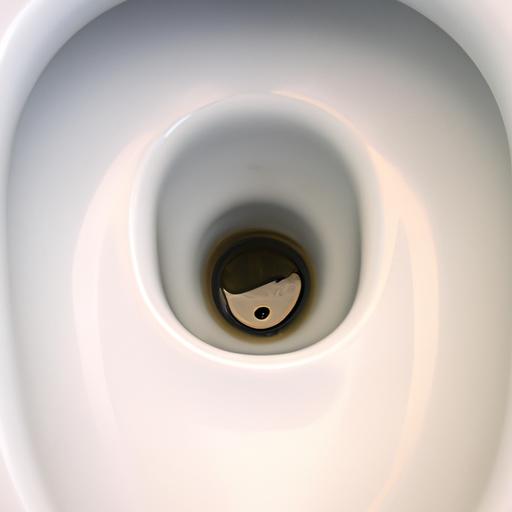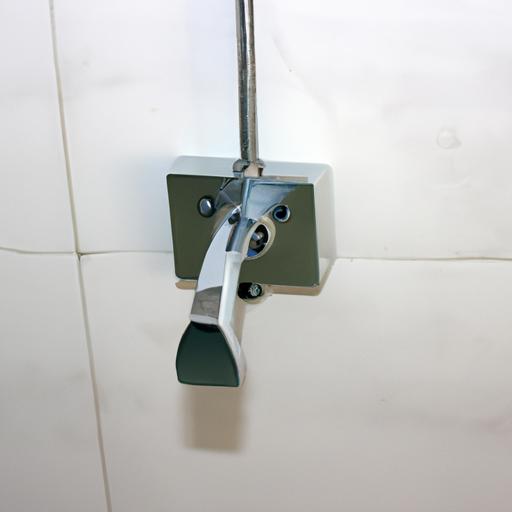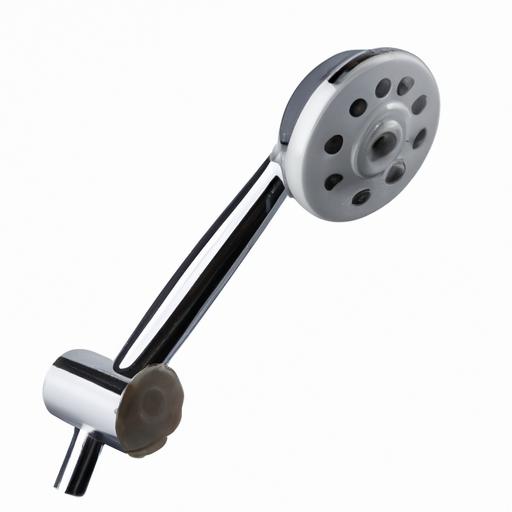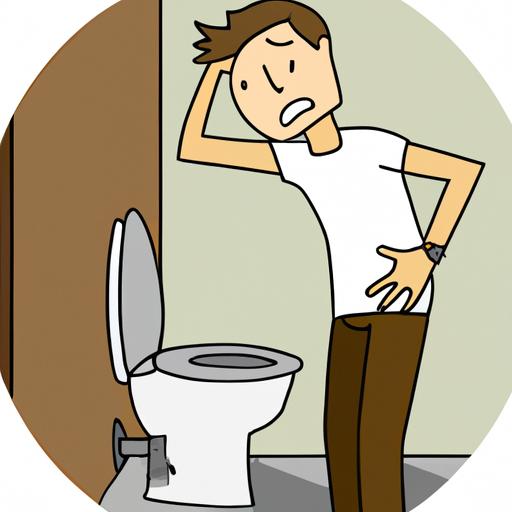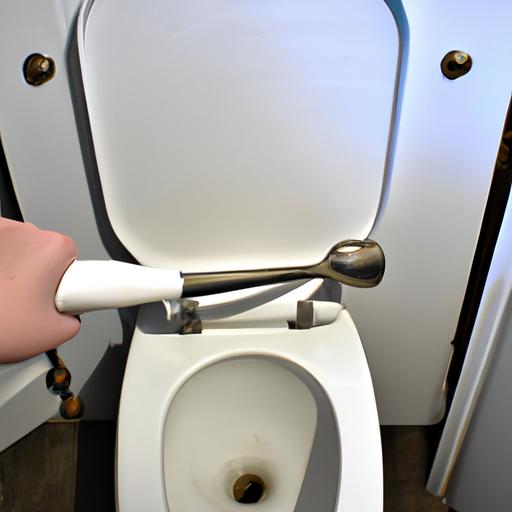Are you tired of struggling with a wobbly toilet handle that just won’t stay put? A loose toilet handle can be a frustrating inconvenience, causing difficulties when trying to flush and compromising the overall functionality of your toilet. But fear not! In this comprehensive guide, I’ll walk you through the steps to tighten a loose toilet handle and provide useful tips to prevent future mishaps.
1. Introduction
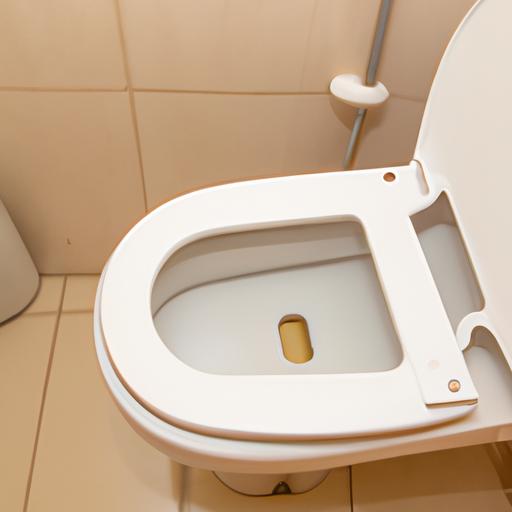
A secure toilet handle is essential for a smooth and hassle-free bathroom experience. Not only does a loose handle make flushing a chore, but it can also lead to more severe issues down the line if left unattended. From a loose mounting to a damaged handle arm, there are various causes behind this pesky problem. By addressing the issue promptly, you can restore the stability of your toilet handle and maintain a fully functional bathroom.
Why is a secure toilet handle important?
A loose toilet handle can disrupt the flushing mechanism, resulting in inefficient water flow and incomplete flushes. This can lead to repeated attempts to flush, wasting water and potentially increasing your utility bills. Additionally, a loose handle can cause discomfort and frustration, tarnishing your overall bathroom experience.
Common problems associated with a loose toilet handle
When faced with a loose toilet handle, it’s crucial to understand the underlying issues. Over time, wear and tear can loosen the handle’s grip, while mounting screws may become loose due to regular usage. Furthermore, a damaged handle arm or lever can also contribute to the handle’s instability. By identifying the causes, you can effectively address the problem and regain control over your toilet handle.
Stay tuned for the following sections, where we’ll delve deeper into the causes of a loose toilet handle, signs to watch out for, step-by-step instructions to tighten it, prevention tips, and a conclusion highlighting the importance of maintaining a secure toilet handle. Together, we’ll ensure your toilet handle stays steady for years to come.
Continue reading: Section II: Understanding the Causes of a Loose Toilet Handle.
Understanding the Causes
When it comes to addressing a loose toilet handle, it’s important to identify the root causes behind the problem. Understanding what leads to a wobbly handle will allow you to tackle the issue effectively. Let’s explore the three main causes of a loose toilet handle:
1. Wear and Tear Over Time
Just like any other mechanical component, toilet handles can experience wear and tear over time. Constant usage can gradually loosen the handle’s grip, making it wobbly and unreliable. The repeated pressure applied during flushing can gradually wear down the handle’s internal mechanisms, resulting in a loose connection. If your toilet handle has been in use for several years, wear and tear could be the culprit behind its instability.
2. Loose Mounting Screws
Mounting screws play a crucial role in keeping the toilet handle securely attached to the toilet tank. However, due to regular use and the natural movement of the handle, these screws can gradually become loose. If you notice that your toilet handle is wiggling or feels unstable, there’s a high chance that the mounting screws need tightening. Loose screws can compromise the handle’s stability and affect the flushing mechanism.
3. Damaged Handle Arm or Lever
Another potential cause of a loose toilet handle is a damaged handle arm or lever. The handle arm connects the handle to the flushing mechanism inside the toilet tank. Over time, the handle arm can become bent, warped, or broken, leading to a loose connection. Similarly, the lever mechanism can also suffer damage, affecting the handle’s stability. If the handle arm or lever shows signs of damage, it may need to be replaced to restore the handle’s stability.
Understanding these causes will help you address the issue effectively. In the next section, we will discuss the signs that indicate a loose toilet handle, allowing you to identify the problem early on.
Continue reading: Section III: Signs of a Loose Toilet Handle.
Signs of a Loose Toilet Handle
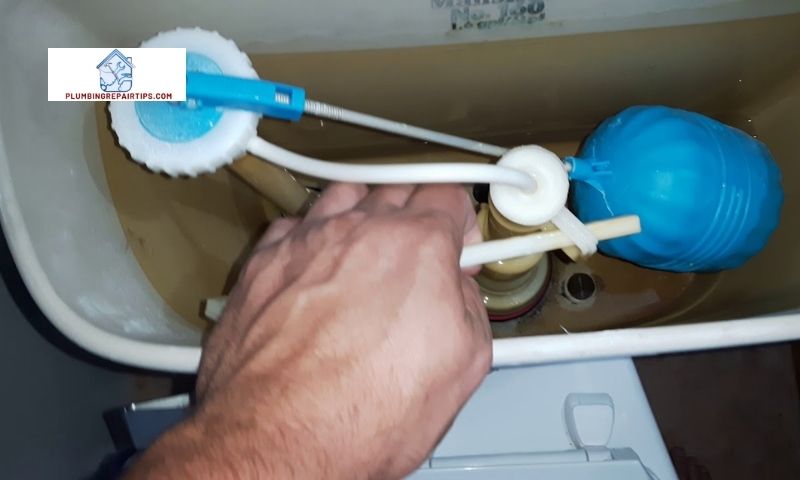
Is your toilet handle showing signs of instability? Identifying the telltale signs of a loose toilet handle is crucial in addressing the issue promptly and preventing further complications. Here are some indicators that your toilet handle may be in need of tightening:
1. Handle wiggles or feels loose
One of the most obvious signs of a loose toilet handle is when it wiggles or feels unstable when you try to flush. If your handle moves excessively or feels loose when you grip it, it’s a clear indication that it requires attention.
2. Difficulty flushing the toilet
A loose toilet handle can make it challenging to flush the toilet smoothly. You may find yourself having to apply extra force or manipulate the handle in a specific way to initiate a flush. This inconvenience can be frustrating and inconvenient, disrupting your bathroom routine.
3. Toilet not flushing properly
Another red flag is when your toilet fails to flush properly despite your best efforts. If you notice that the flush isn’t strong enough, or if the water continues to run after flushing, it could be a result of a loose handle compromising the flushing mechanism.
When you encounter any of these signs, it’s important not to ignore them. Ignoring a loose toilet handle can lead to further damage and potentially more expensive repairs. Don’t worry, though, because in the following sections, we’ll guide you through the steps to tighten your loose toilet handle and restore its functionality.
Continue reading: Section IV: Steps to Tighten a Loose Toilet Handle.
4. Steps to Tighten a Loose Toilet Handle
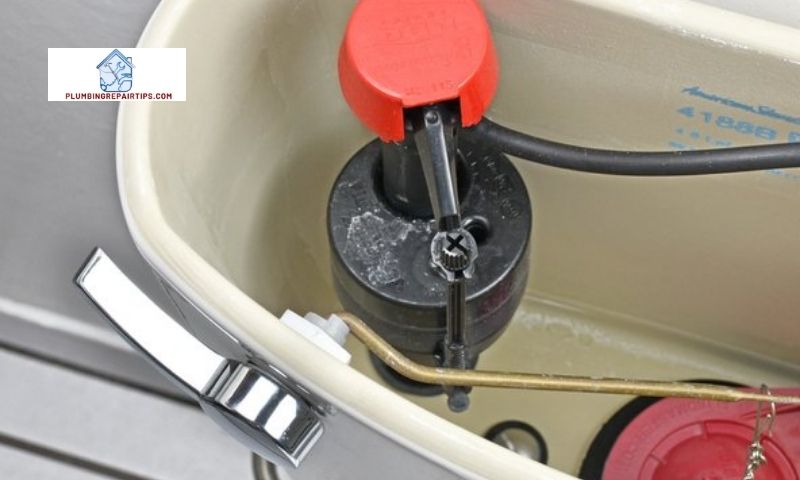
Gather necessary tools (screwdriver, adjustable wrench)
Before diving into the task at hand, it’s essential to gather the necessary tools. You’ll need a screwdriver and an adjustable wrench to tackle the loose toilet handle.
Remove the tank cover
Start by carefully removing the tank cover of your toilet. Set it aside in a safe place to prevent any accidental damage.
Inspect the mounting screws and tighten if necessary
Once the tank cover is off, you’ll have access to the mounting screws that hold the toilet handle in place. Inspect these screws and determine if they are loose. If they are, use your screwdriver or adjustable wrench to tighten them securely. Ensure not to overtighten, as this may cause damage.
Check the handle arm or lever for damage and replace if needed
While examining the mounting screws, also inspect the handle arm or lever for any signs of damage. If you notice any cracks, bends, or other issues, it’s best to replace the handle arm or lever to ensure a long-lasting fYou can find replacement parts at your local hardware store or online.
Reattach the tank cover and test the handle’s stability
Once the necessary adjustments or replacements have been made, carefully reattach the tank cover. Ensure it is aligned correctly and securely in place. With the cover back on, give your toilet handle a test. It should now feel firm and stable, providing you with effortless flushing every time.
Continue reading: Section V: Prevention Tips to Avoid a Loose Toilet Handle.
Prevention Tips to Avoid a Loose Toilet Handle
Nobody wants to deal with a loose toilet handle repeatedly. Thankfully, there are preventive measures you can take to avoid encountering this annoyance in the future. By implementing these simple tips, you can maintain the stability of your toilet handle and ensure a worry-free bathroom experience.
Regular Inspection and Maintenance
Regularly inspecting your toilet handle can help you identify any early signs of looseness or damage. Take a few moments every month to give your handle a gentle wiggle and check for any wobbling. If you notice any issues, address them promptly to prevent further complications.
Proper Usage and Avoiding Excessive Force
One of the most common reasons for a loose toilet handle is excessive force during flushing. Remember, your toilet handle is not a gym equipment; it doesn’t require a powerlifting session to flush properly. Use a gentle yet firm touch when operating the handle, avoiding unnecessary pressure that can cause wear and tear.
Promptly Addressing Any Issues
If you notice even the slightest wobble or looseness in your toilet handle, don’t delay in taking action. Tightening loose mounting screws or replacing a damaged handle arm can be relatively simple tasks if dealt with promptly. Ignoring the issue may lead to more significant problems and potentially costlier repairs down the line.
By following these preventive tips, you can keep your toilet handle secure and functional, ensuring a pleasant and hassle-free bathroom experience for you and your family.
Continue reading: Section VI: Conclusion – The Importance of a Secure Toilet Handle.
